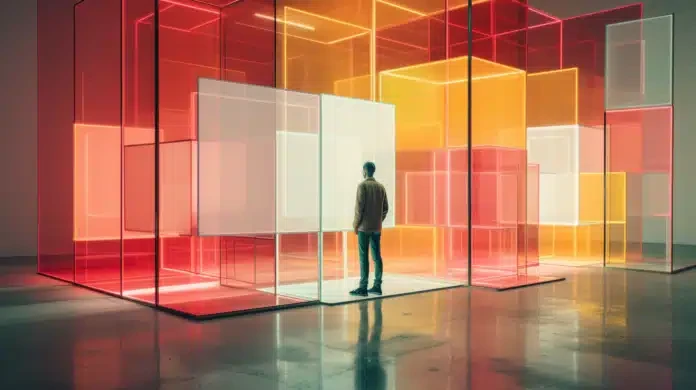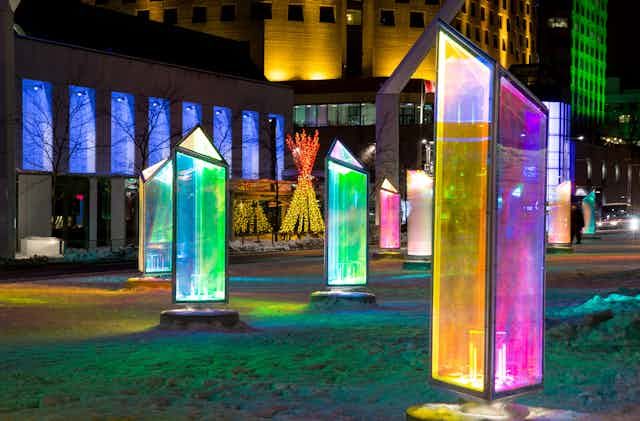In the world of art, there is a growing trend that is blurring the lines between traditional installations and cutting-edge technology. This trend, known as “tech art” or “digital art,” combines the creativity and expression of installation art with the innovation and complexity of technology. The result is a mesmerizing and immersive experience that challenges our perceptions and expands the possibilities of artistic expression.
The Evolution of Installation Art
Installation art has been a prominent form of contemporary art since the 1960s. Artists began creating large-scale immersive environments that invited viewers to step inside and experience the art in a new way. These installations often incorporated various media such as sculpture, sound, light, and even smell to create a multisensory experience.
Over the years, installation art has continued to evolve and push the boundaries of what is considered art. Artists have embraced new technologies such as virtual reality, augmented reality, and interactive sensors to create unique and engaging experiences for viewers. These technological advancements have allowed artists to create installations that are dynamic, responsive, and interactive, blurring the line between the physical and digital worlds.
The Rise of Tech Art
Tech art, or digital art, is a natural progression of installation art that harnesses the power of technology to create immersive and engaging experiences. Artists are using a wide range of tools and technologies, including projection mapping, LED lighting, 3D printing, and interactive sensors, to create installations that are dynamic, interactive, and visually stunning.
One of the key characteristics of tech art is its ability to transform physical spaces into virtual environments. By using projection mapping and other technologies, artists can create illusions that challenge our perception of reality and immerse us in a world of their creation. These installations often invite viewers to interact with the art, creating a unique and personalized experience for each visitor.
Examples of Tech Art Installations
There are many artists and collectives around the world that are pushing the boundaries of tech art and creating awe-inspiring installations. One such example is the teamLab collective, based in Japan, known for their large-scale immersive installations that combine light, sound, and interactive elements to create dreamlike environments.
Another example is the artist Refik Anadol, who uses data and machine learning algorithms to create mesmerizing visualizations that bring to life complex datasets. His installations often explore the intersection of art, technology, and artificial intelligence, blurring the lines between human creativity and machine intelligence.
The Future of Tech Art
As technology continues to advance at a rapid pace, the possibilities for tech art are endless. Artists are constantly experimenting with new tools and technologies to create innovative and engaging installations that challenge our perceptions and expand our understanding of art. The future of tech art is bright, with artists pushing the boundaries of what is possible and creating immersive experiences that captivate and inspire audiences around the world.
Whether you are a fan of traditional art forms or a technology enthusiast, tech art offers something for everyone. It is a dynamic and ever-evolving field that combines the best of both worlds, creating a truly unique and captivating experience for viewers. So next time you come across a tech art installation, take a moment to immerse yourself in the world of creativity, innovation, and technology.


